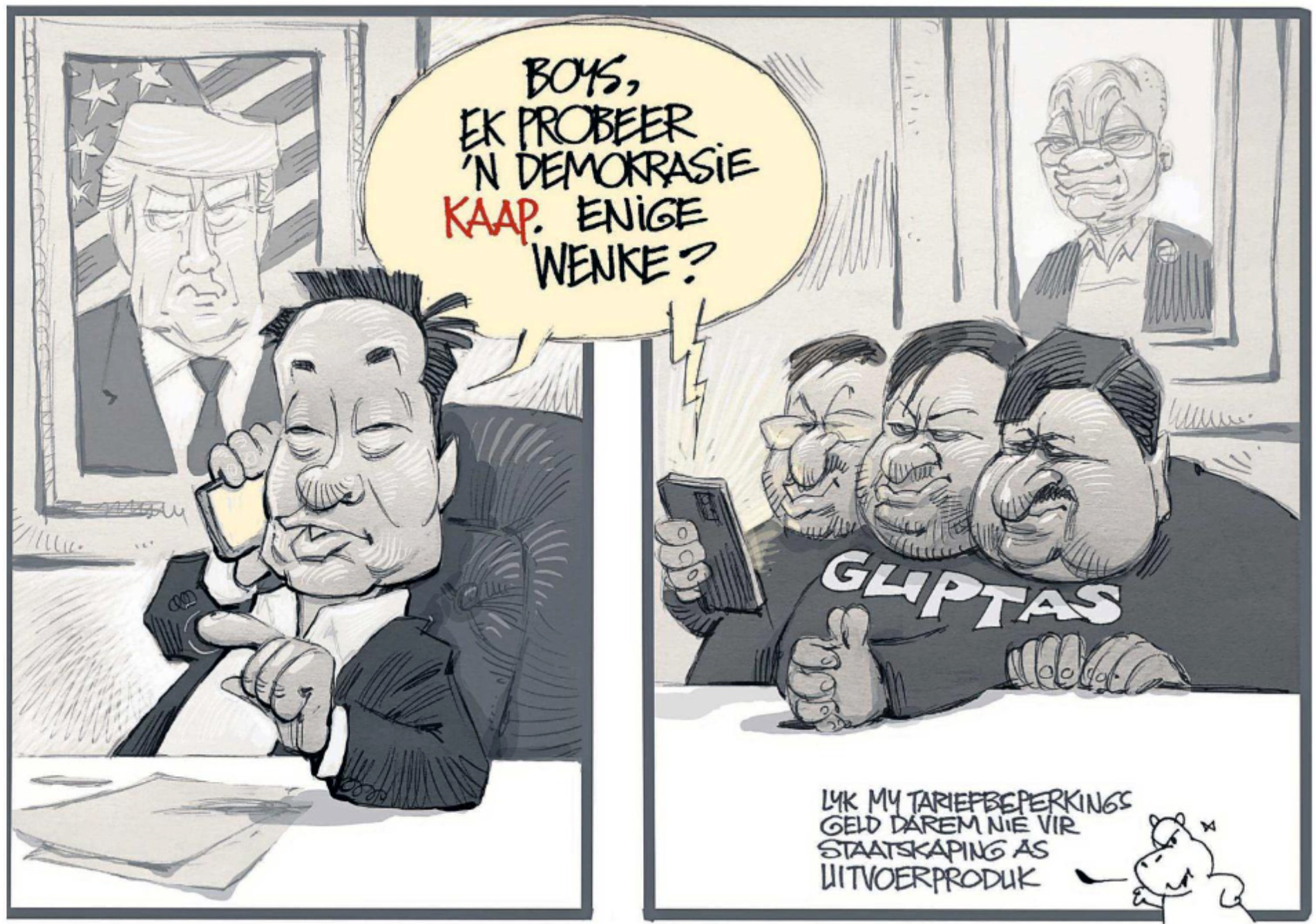We had lots of sun and 57°F (14°C) here in the city today.
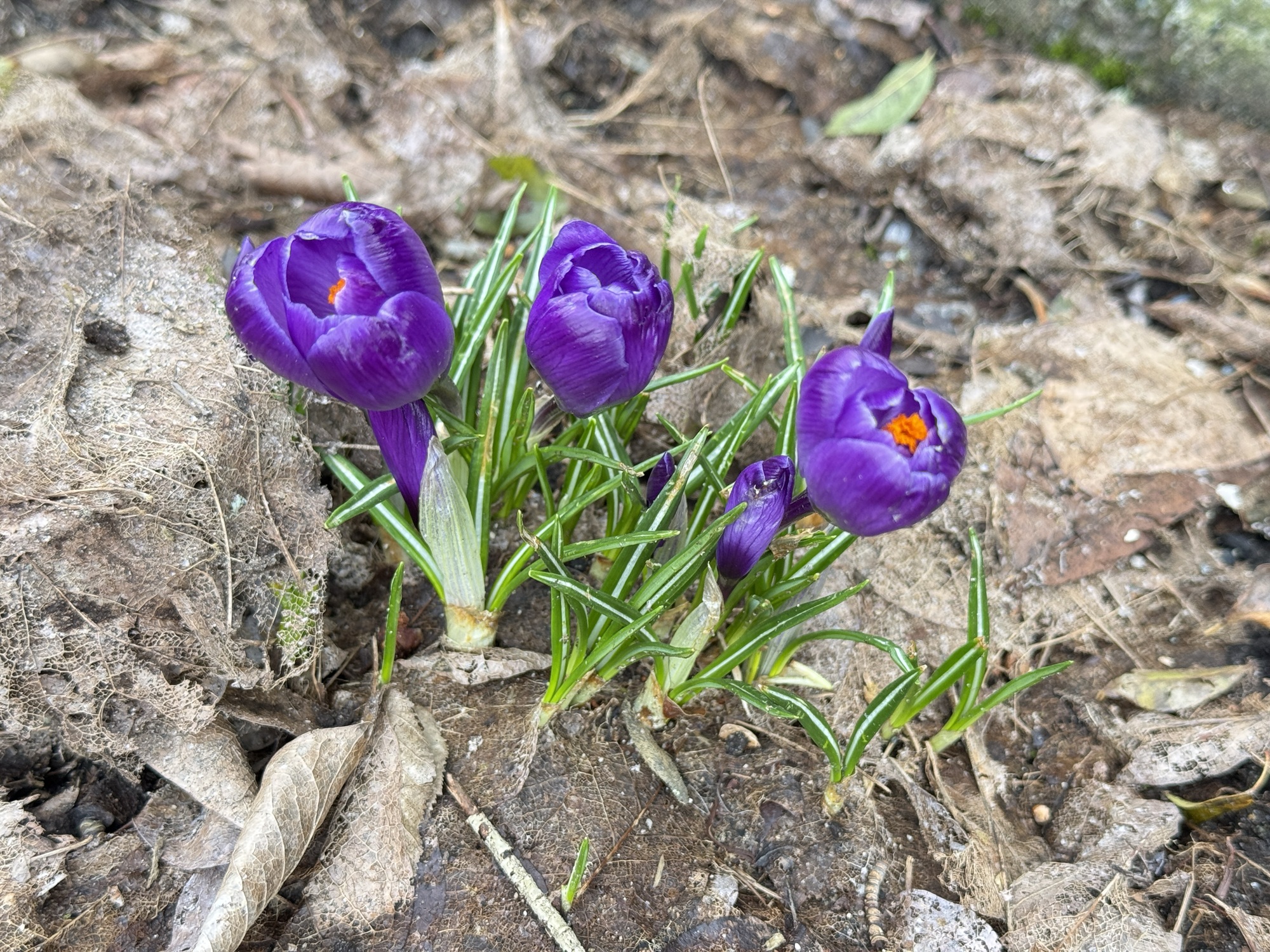
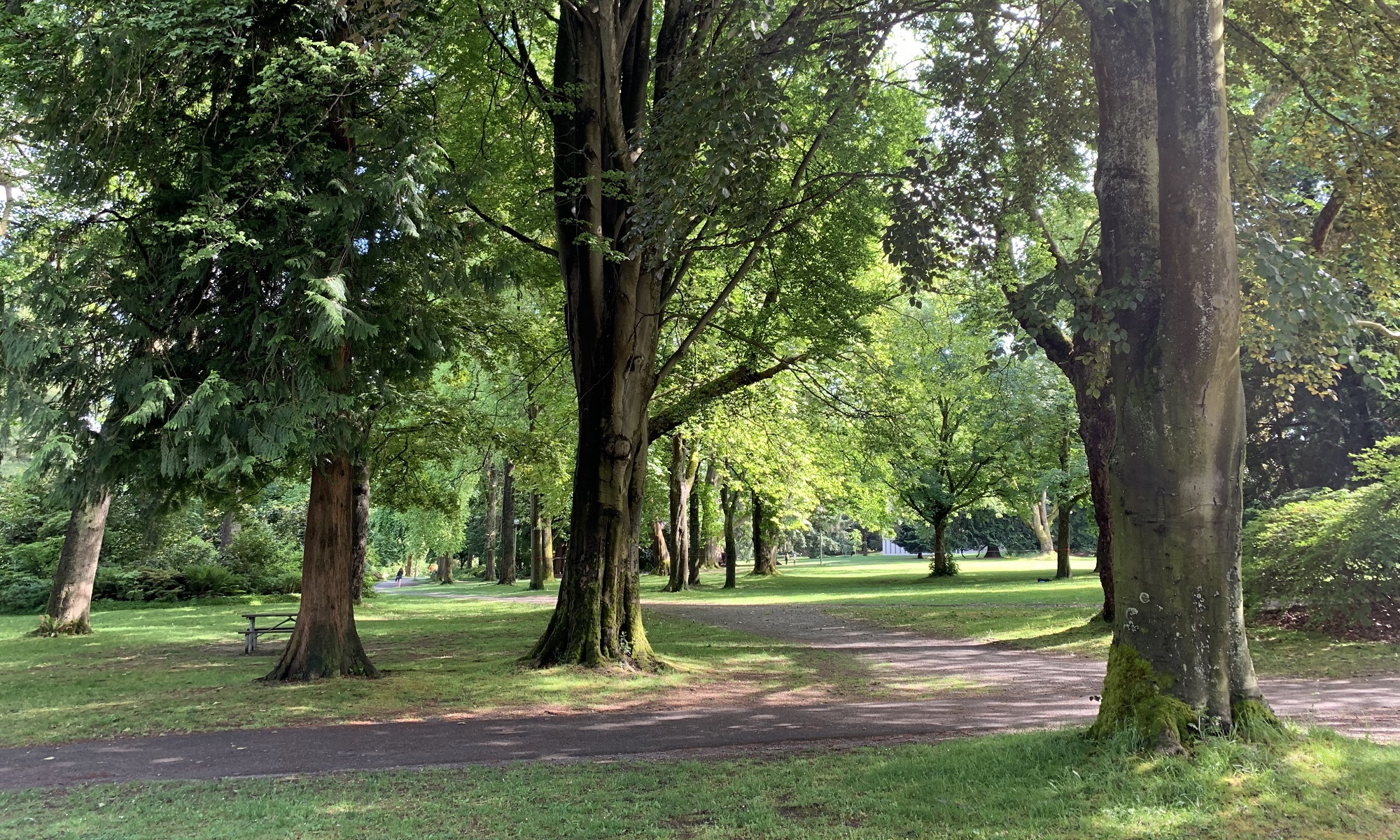
a weblog of whereabouts & interests, since 2010



It was a blustery, rainy day here in the city (high 53°F/ 12°C), but there was a bit of quiet at 5 o’clock, which allowed me to go for a walk.
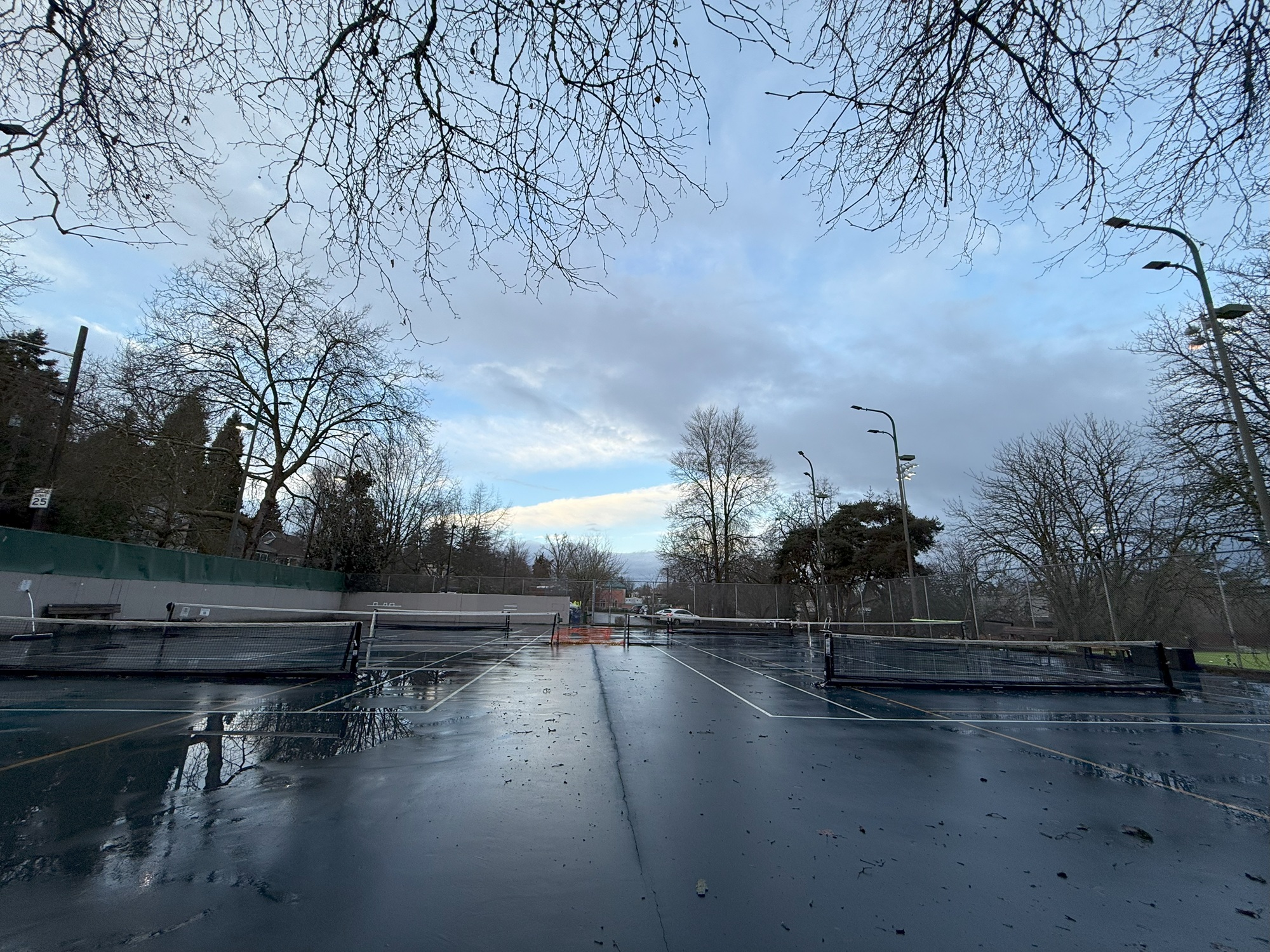
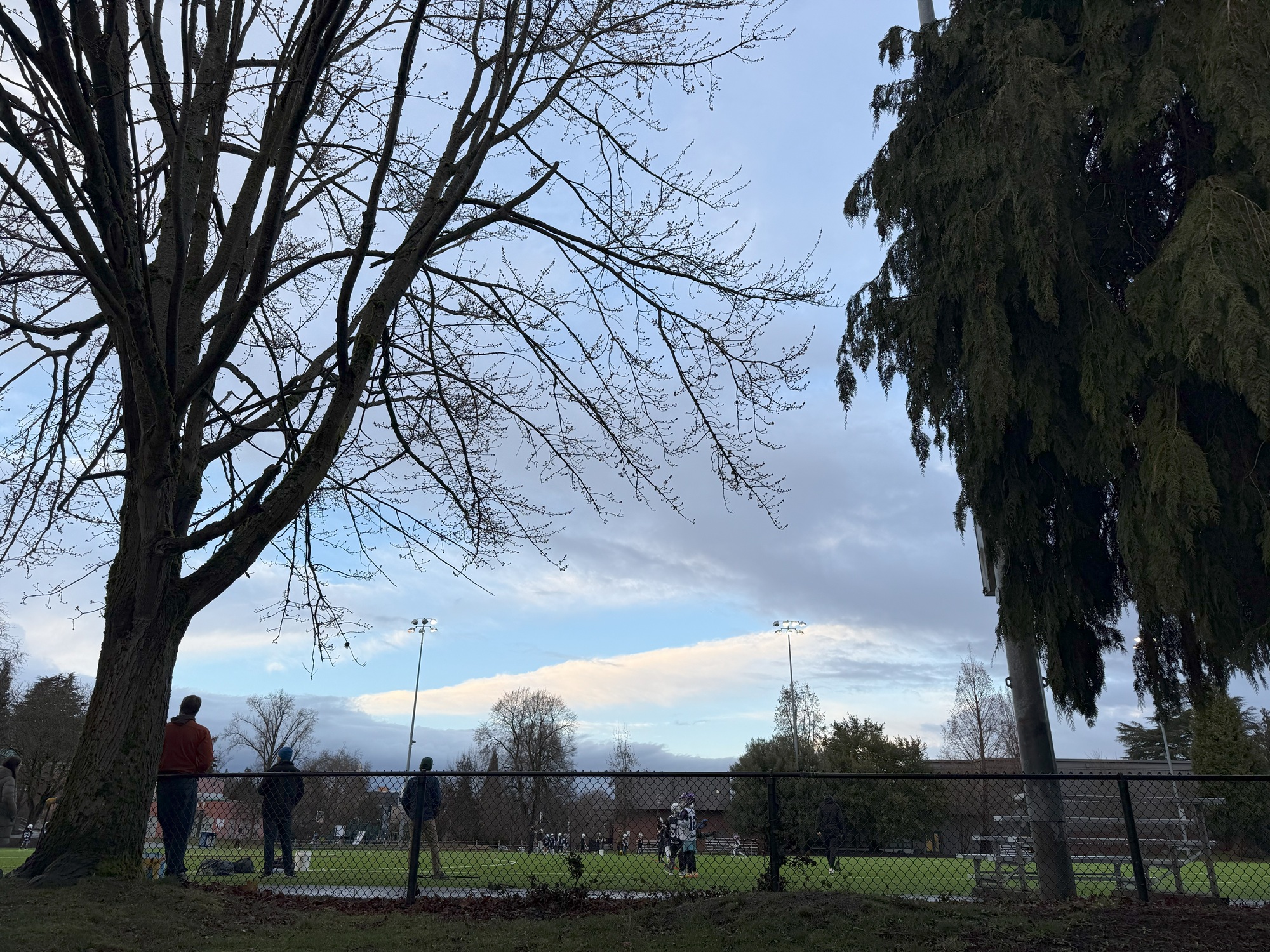
 .. thought about it as I walked, feeling my mind reach for it, only to have it slip away. I refused to look it up, got home and sat at the kitchen counter, and doodled a few words on paper: water polo .. hockey .. fuss ball .. foley .. polo .. lacrosse! got it
.. thought about it as I walked, feeling my mind reach for it, only to have it slip away. I refused to look it up, got home and sat at the kitchen counter, and doodled a few words on paper: water polo .. hockey .. fuss ball .. foley .. polo .. lacrosse! got it  .
.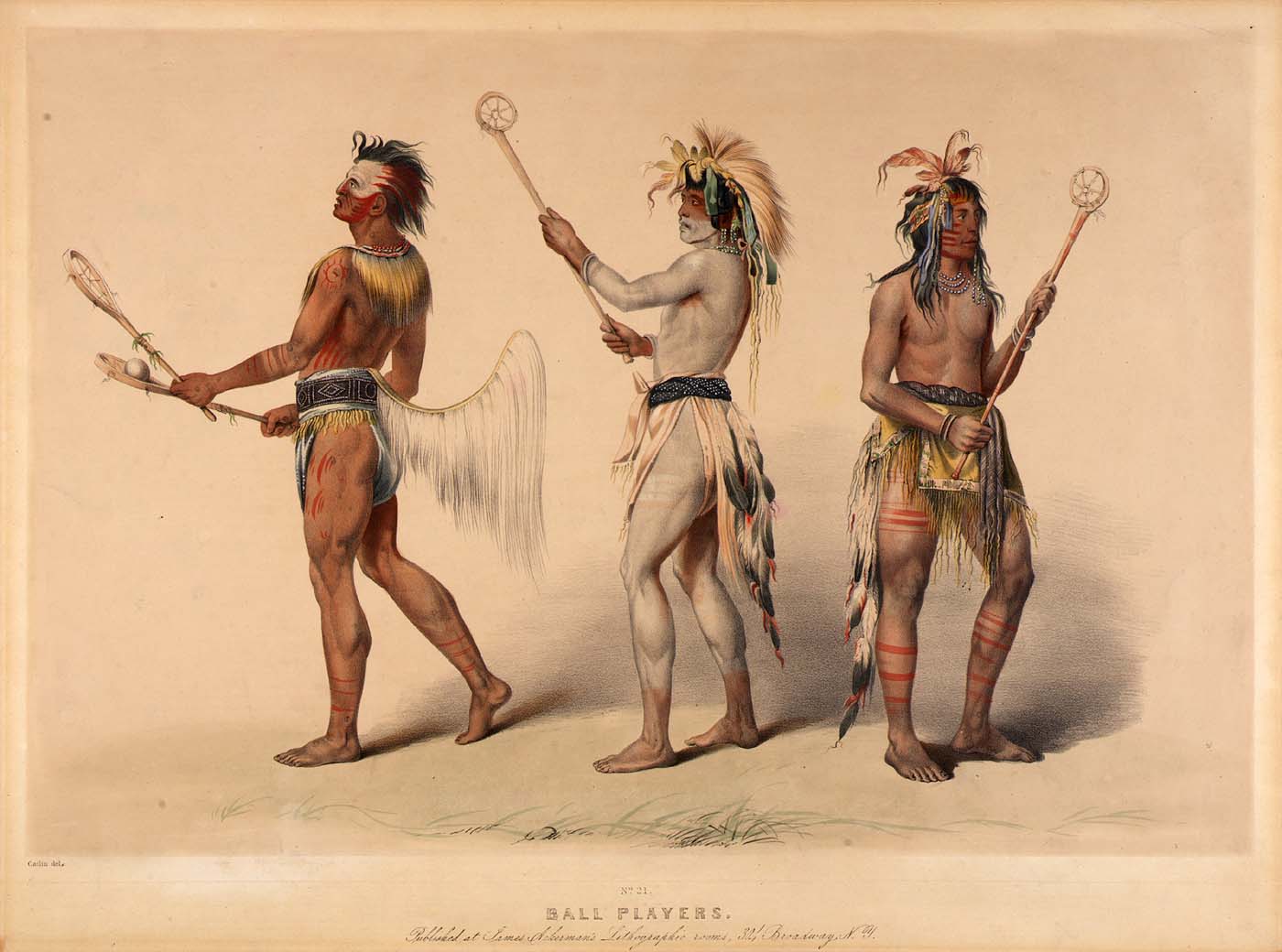

Sunday’s election, which came months ahead of schedule after the country’s governing coalition crumbled late last year, produced a few surprises and a lot of suspense. Late in the evening in Berlin, it was unclear if the next government would be another wobbly three-party affair, like the one that fell apart last fall, or a return to the more durable two-party governments that had led Germany for most of this century.
…
Among German voters, 65 percent are worried that Germany is helpless against President Trump and President Vladimir V. Putin of Russia, according to a poll released on Sunday afternoon.
On Sunday night in a post-election debate between leaders, Friedrich Merz (the likely new chancellor), quickly brought up the threat that Germany and Europe face because of the new U.S. administration.
“It has become clear that the Americans, at least this part of the Americans, this government, is largely indifferent to the fate of Europe,” he said. “I am very curious to see how we approach the NATO summit at the end of June — whether we are still talking about NATO in its current state or whether we need to establish an independent European defense capability much more quickly.”
-Christopher F. Schuetze and Jim Tankersley reporting from Berlin for the New York Times


It’s a rainy weekend here in the city, with about 0.3 inches recorded as of 7 pm tonight. We may reach an inch or so by Monday morning.
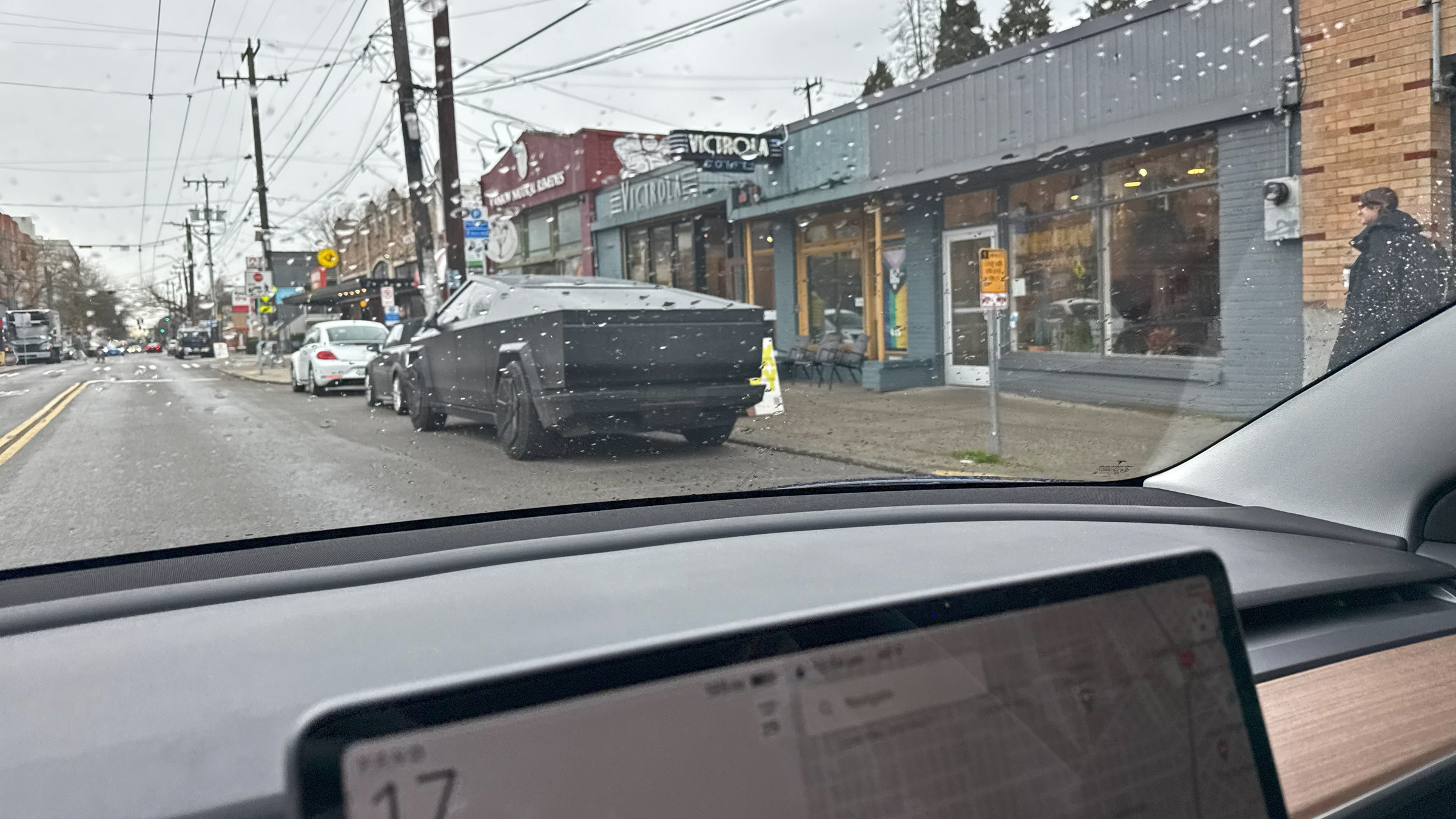

Happy Friday.
These 1970s stamps arrived as part of a complimentary packet of world stamps from my supplier of stamp albums and pages.
I might still start a thematic collection and animals. It would have to be a specific animal— or kind of animal— to narrow it down to a few thousand stamps!
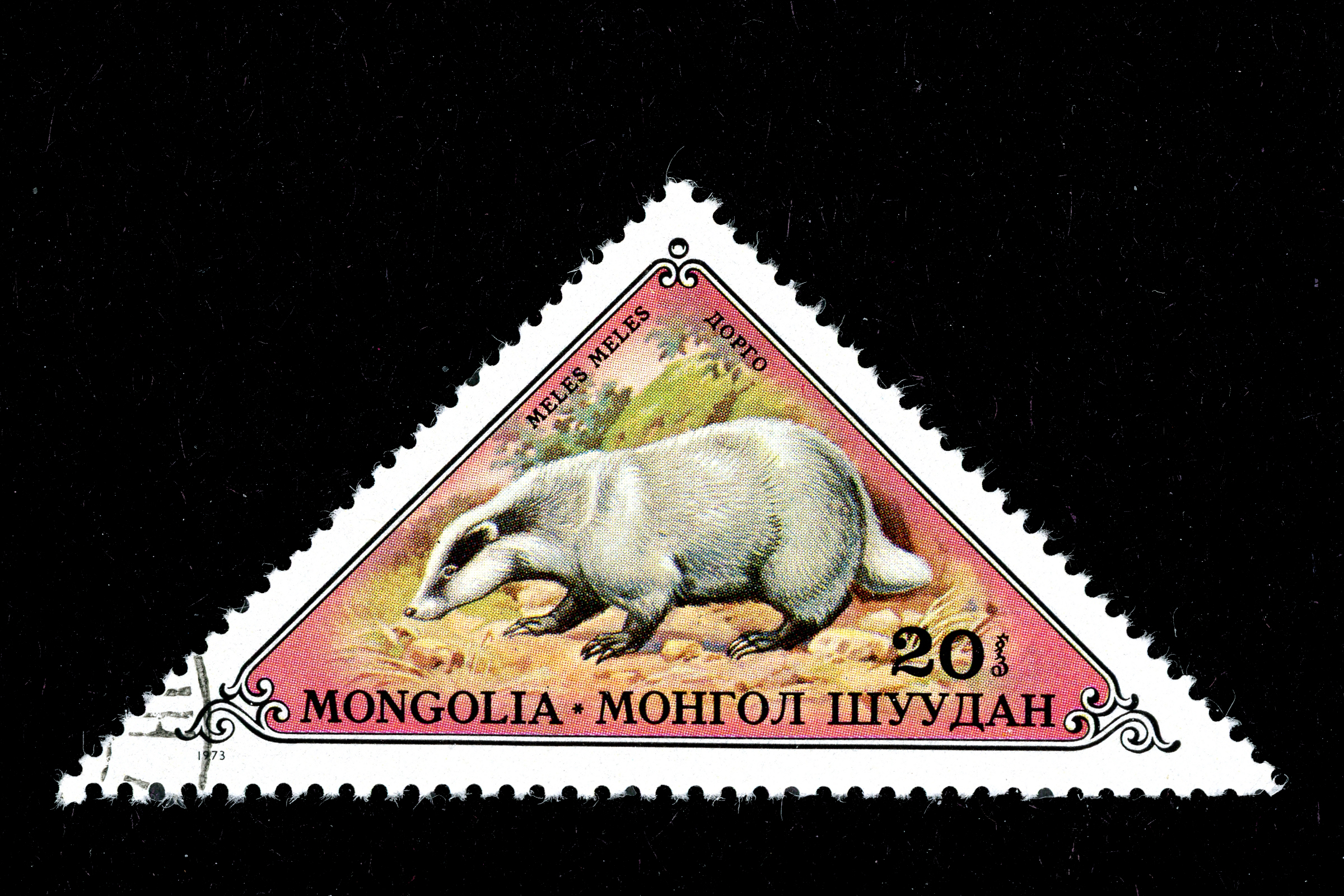
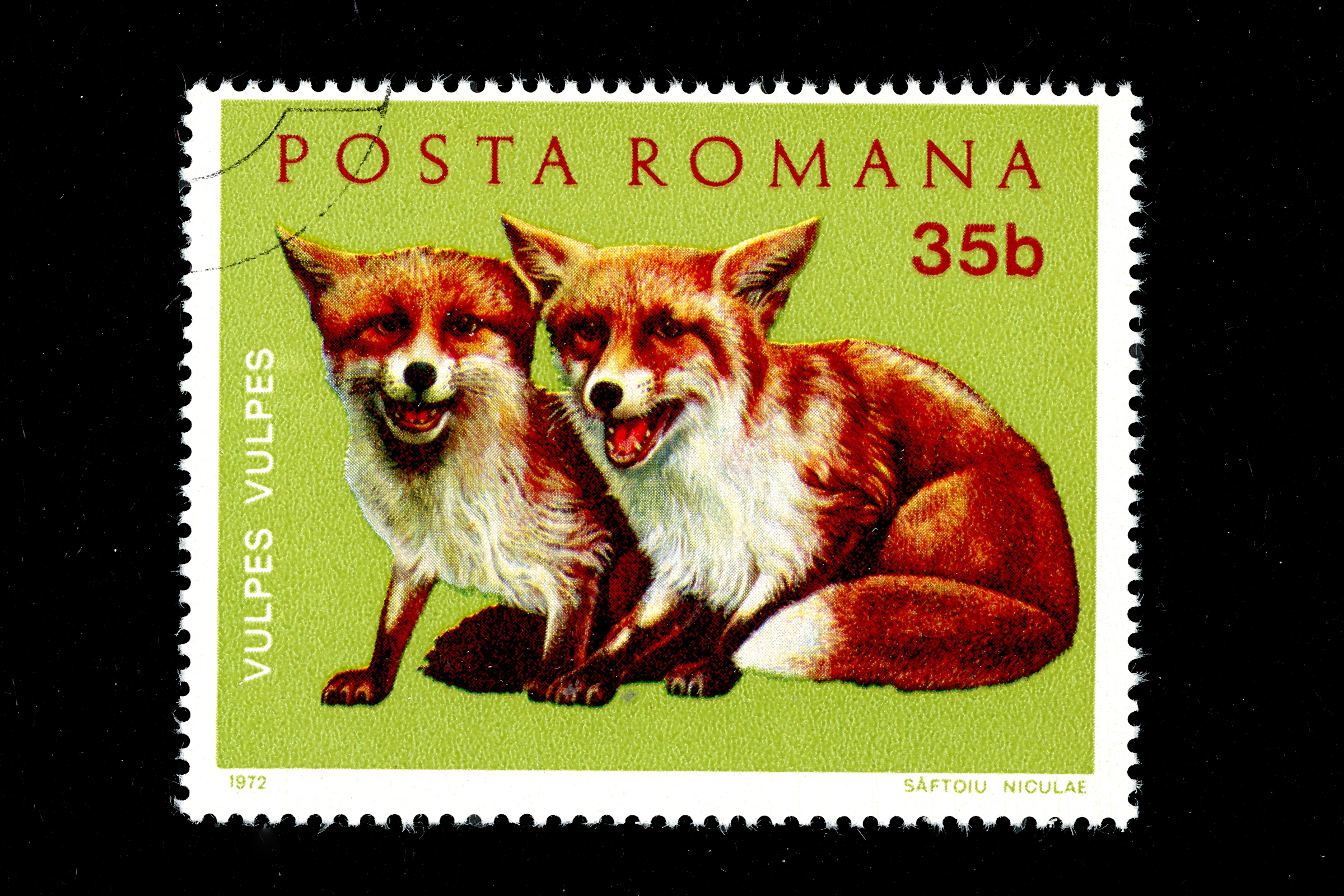
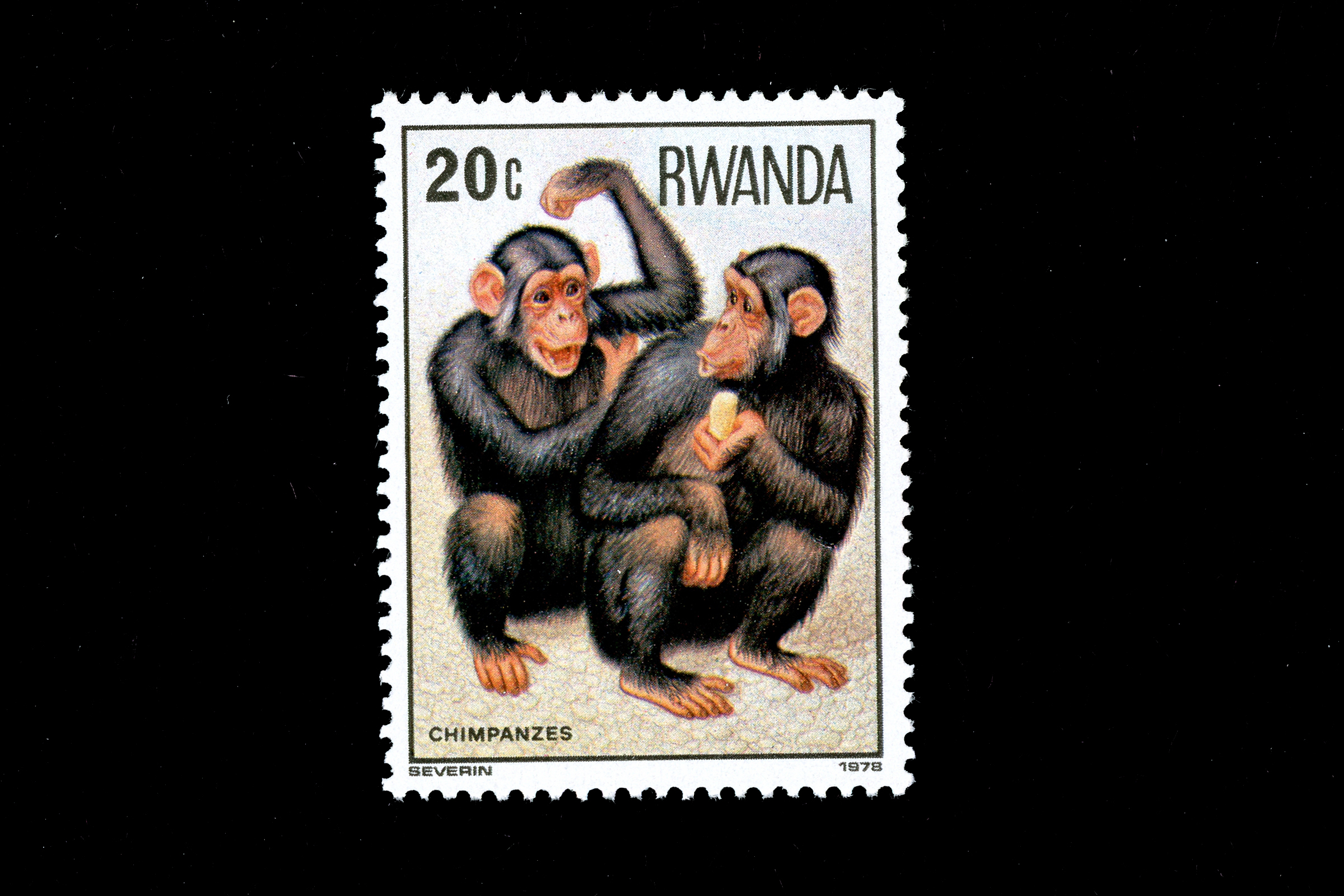
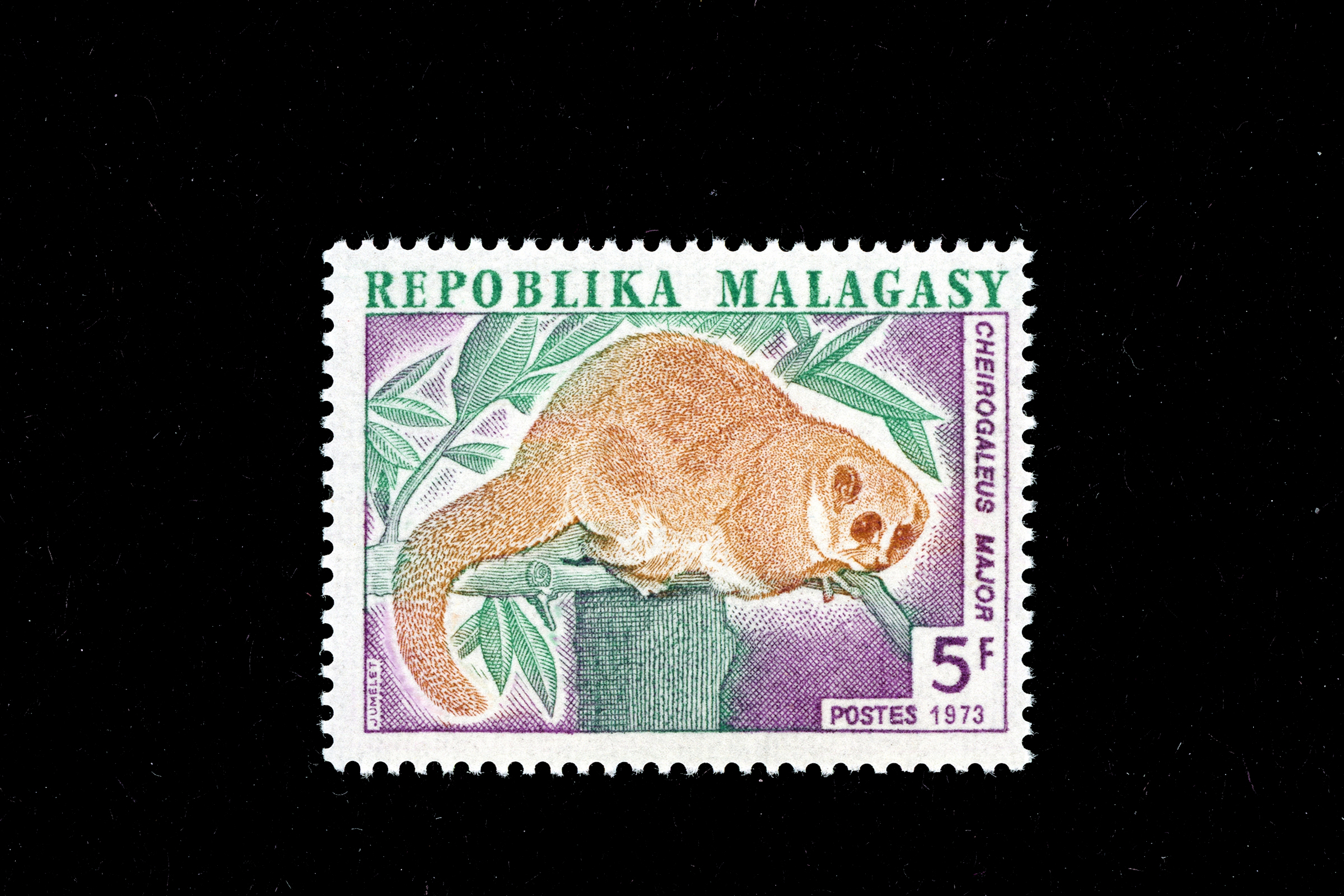
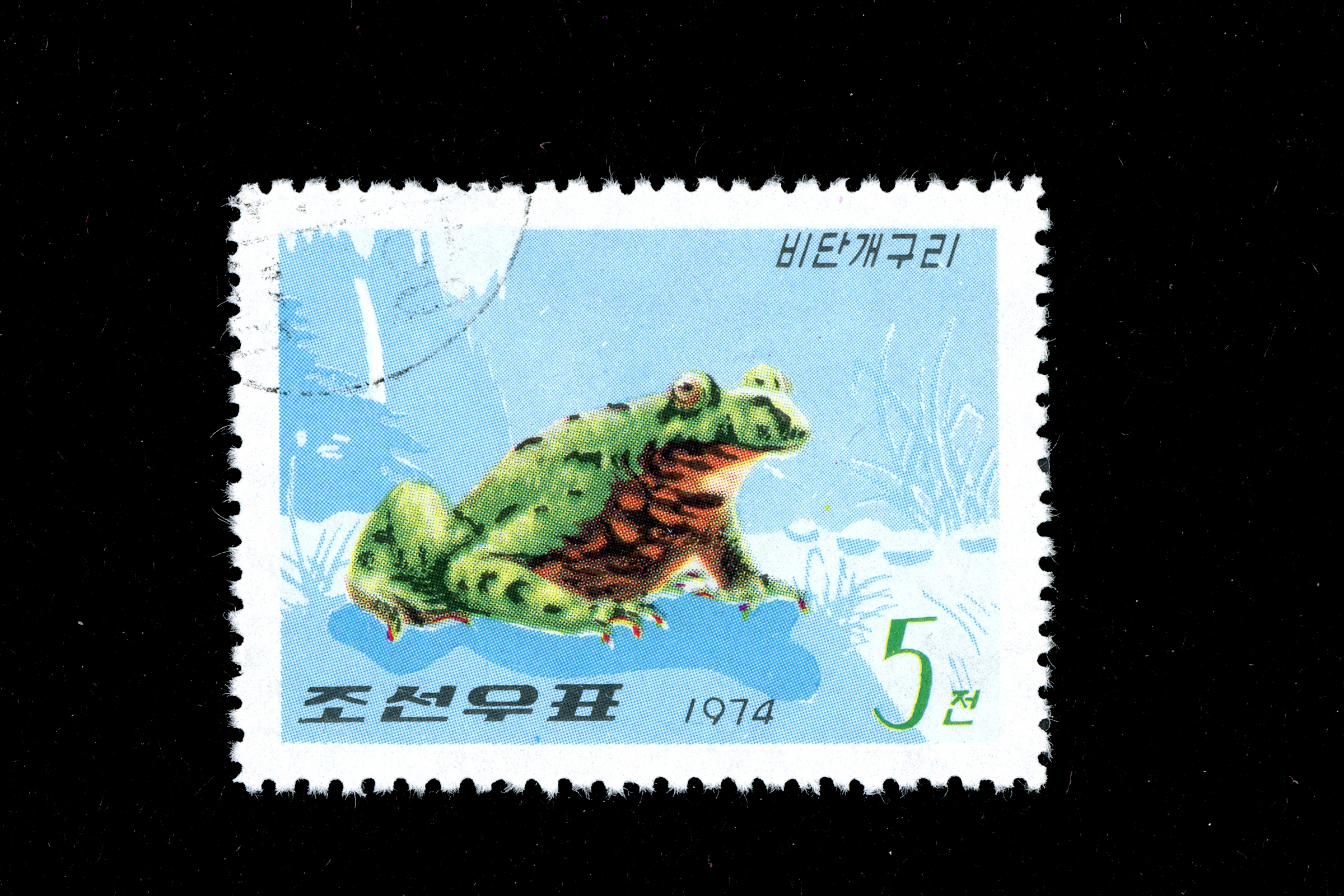
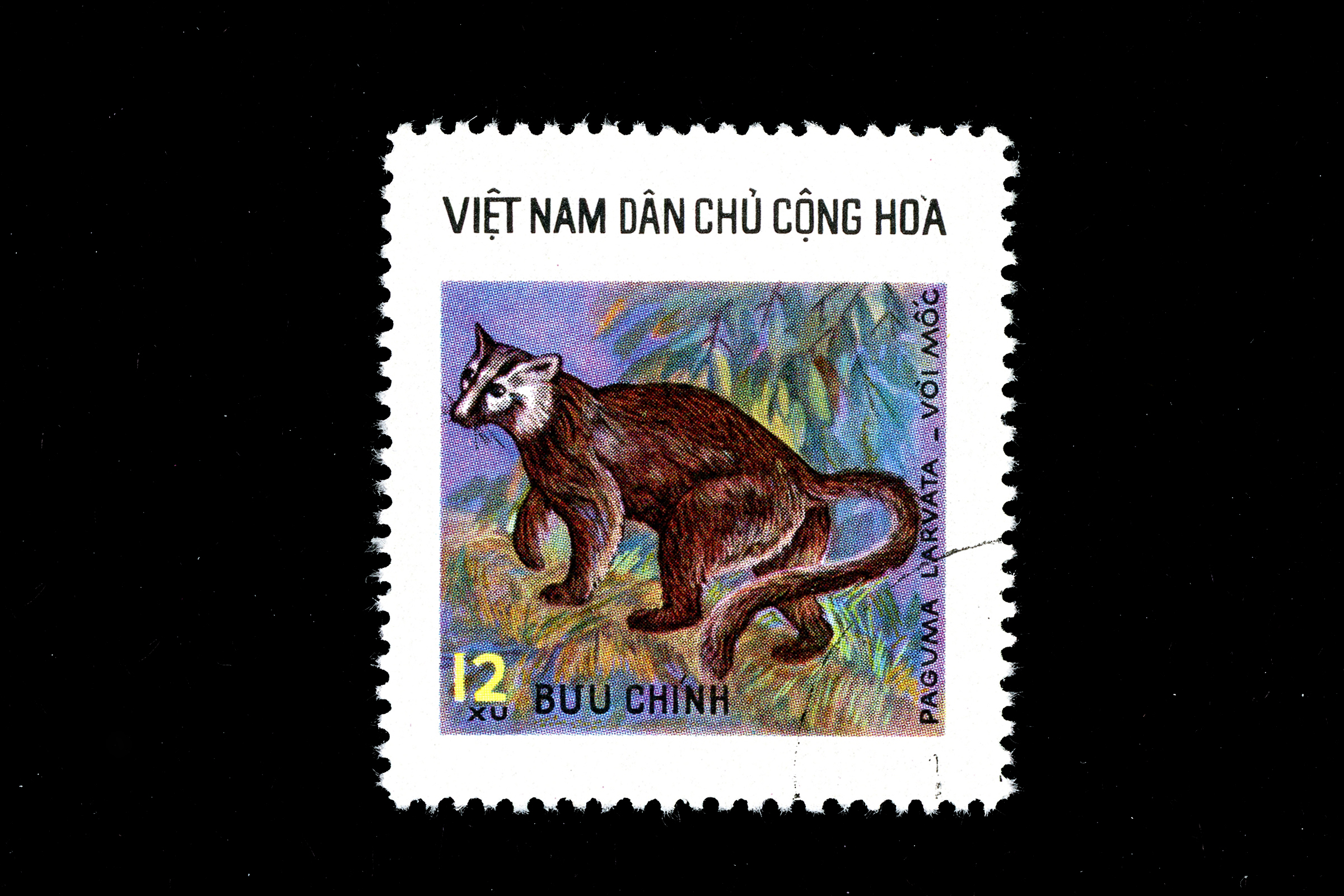
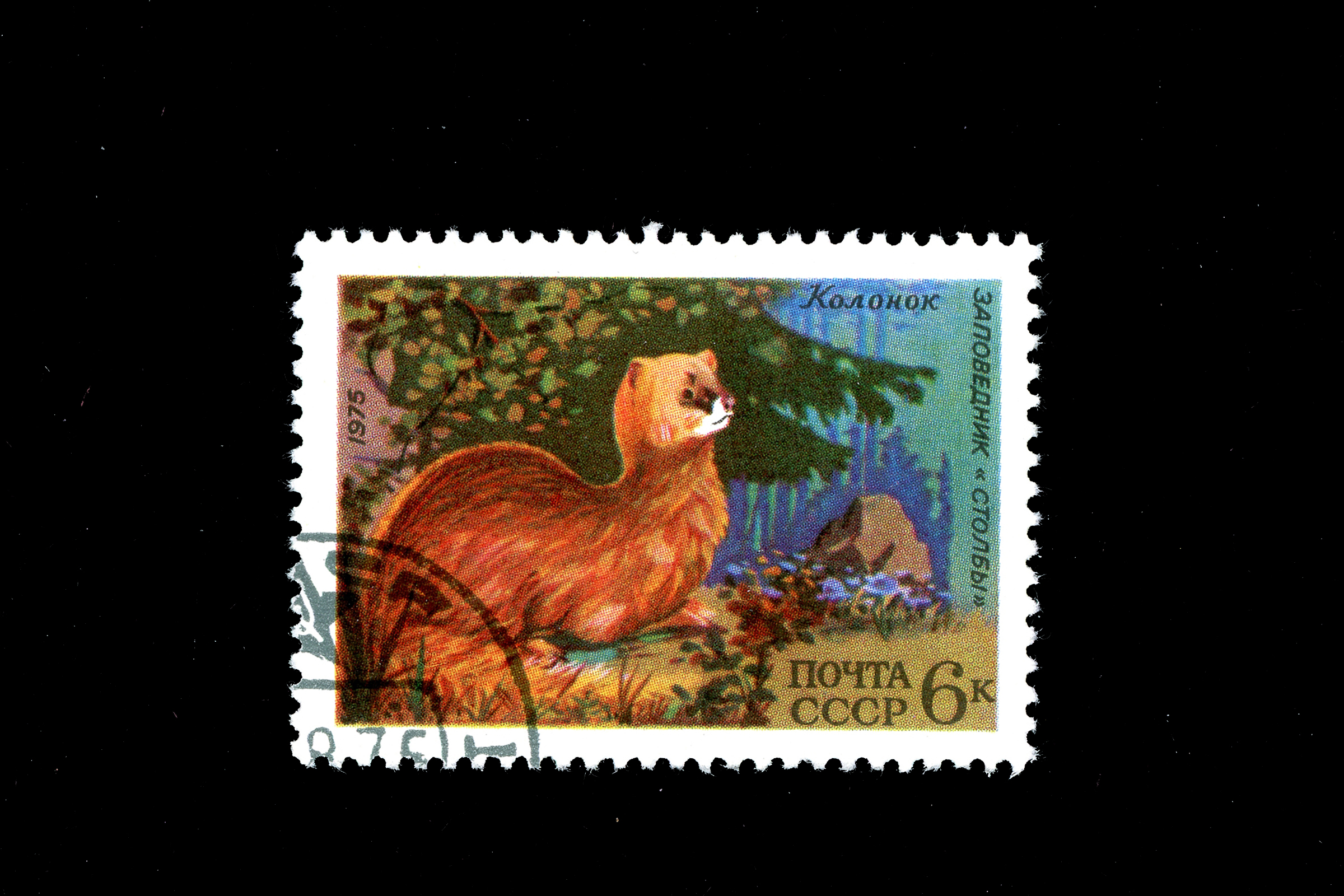
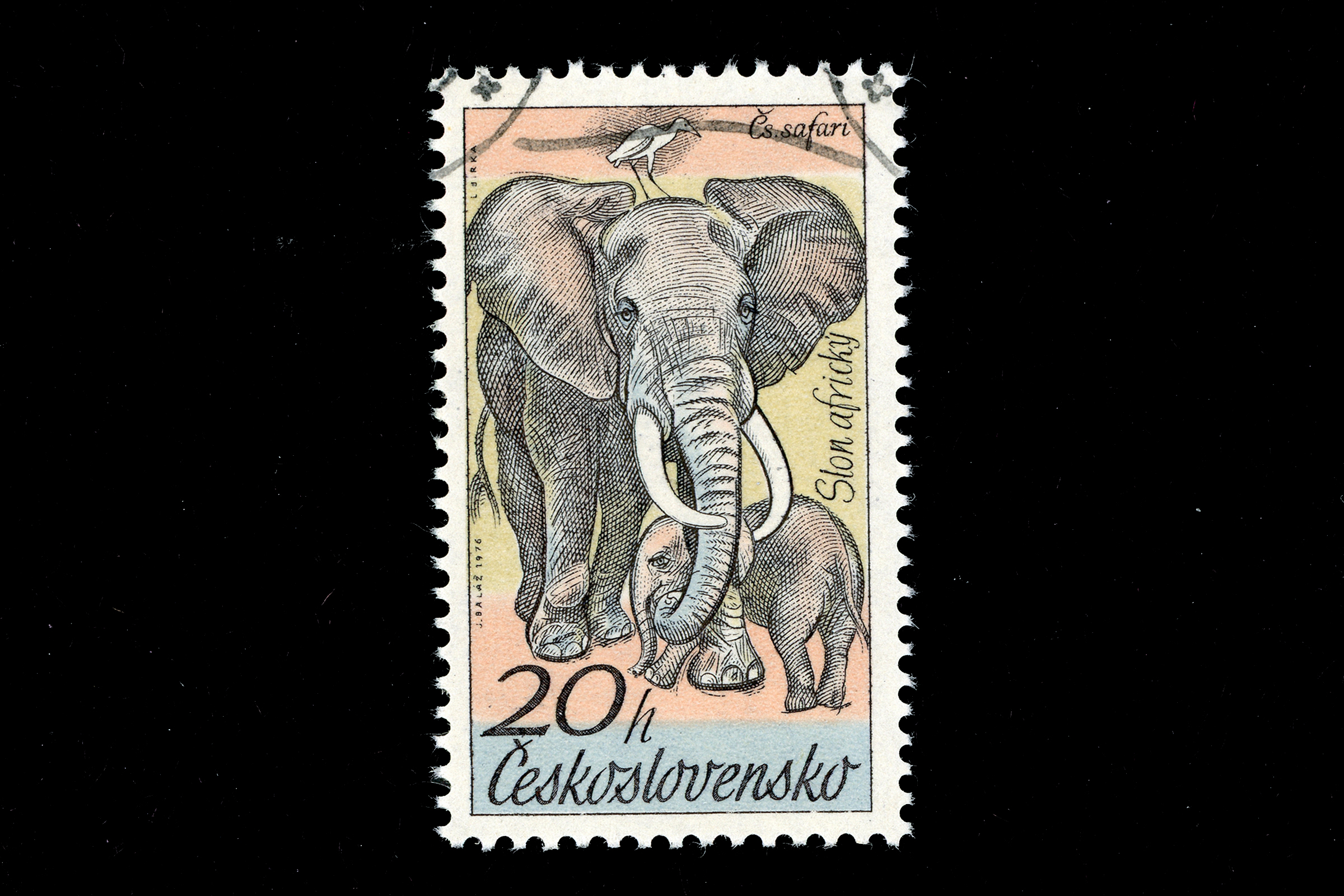


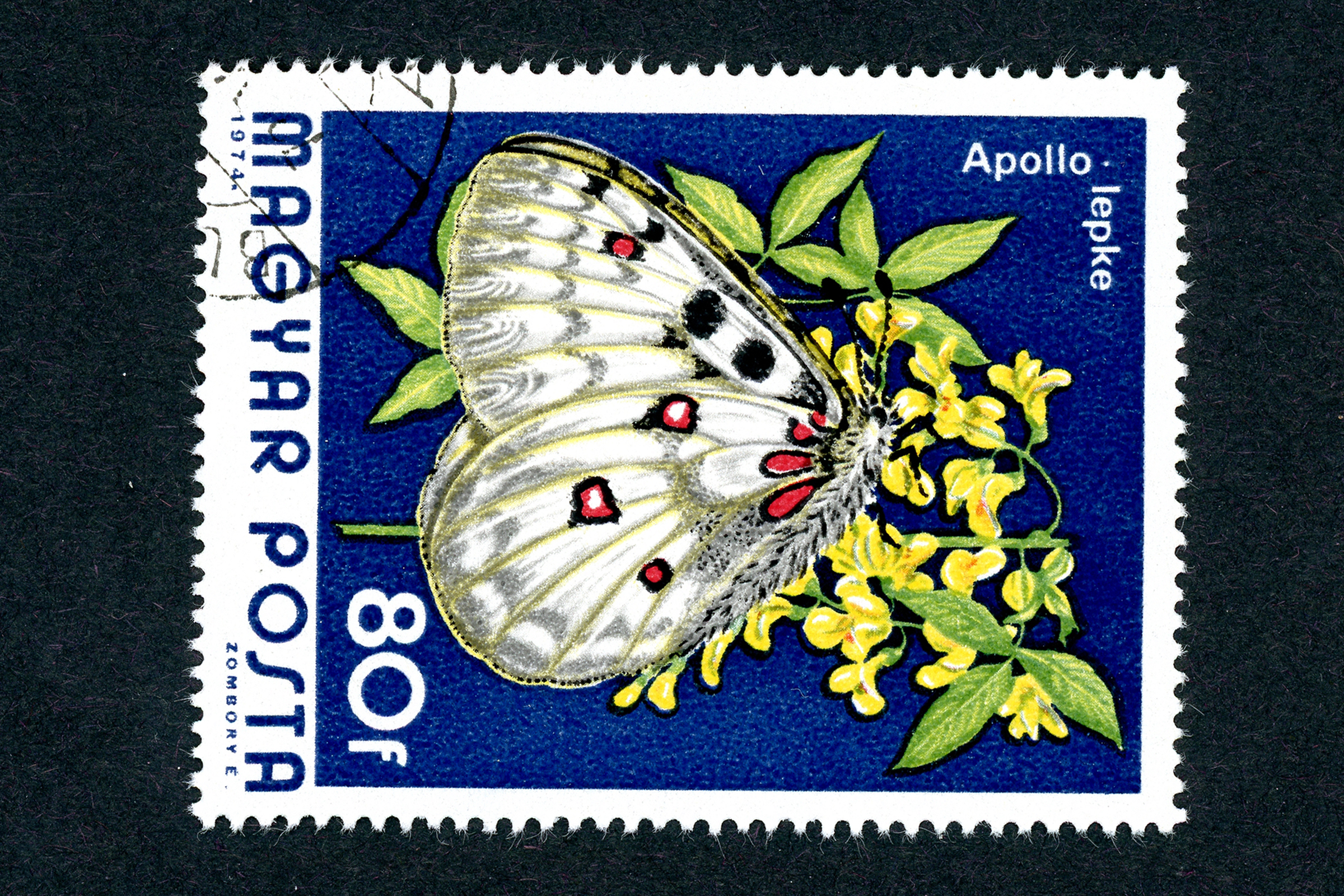


For a field that many have long considered decades away, quantum computing sure is getting a lot of buzz in Silicon Valley. Yesterday (Feb. 19), Microsoft (MSFT) unveiled a quantum chip known as Majorana 1, created with an entirely new state of matter that’s beyond solid, liquid and gas. “Most of us grew up learning there are three main types of matter that matter: solid, liquid, and gas. Today, that changed,” Microsoft CEO Satya Nadella said in a post on X yesterday. “We believe this breakthrough will allow us to create a truly meaningful quantum computer not in decades, as some have predicted, but in years.”
…
Microsoft isn’t the only Big Tech company attempting to crack the quantum computing. Decades of research from companies like IBM, Intel and Google (GOOGL) has seemingly begun to pay off. Most recently, Google sent shockwaves through Silicon Valley when it unveiled a new quantum chip called Willow. In less than five minutes, the computer was able to perform a standard benchmark computation that would take today’s supercomputers 10 septillion years—a number that surpasses the age of the universe—to complete.
But not everyone is convinced that true breakthroughs are just around the corner. Tech leaders like Nvidia (NVDA) CEO Jensen Huang have raised red flags about the technology’s timeline. In January, Huang sent quantum stocks tumbling after declaring that “very useful quantum computers are still a few decades away.” Meta (META) CEO Mark Zuckerberg echoed these concerns a few days later while speaking on Joe Rogan’s podcast. “My understanding is that’s still quite a ways off from being a very useful paradigm,” Zuckerberg said.
-Alexandra Tremayne-Pengelly writing on observer.com
Plasma is considered the fourth state of matter, following solid, liquid, and gas. It is an ionized gas where electrons are separated from the nuclei of atoms, creating a soup of positively and negatively charged particles.
Plasma is considered the most common state of matter in the universe, making up nearly all visible matter.
The Sun’s corona, solar wind, magnetospheres of planets, comet tails, and interstellar gas clouds are all composed of plasma.
[Source: Search Labs | AI Overview]
Scientists from Caltech have developed ‘a new type of matter,’ which they are calling polycatenated architected materials, or PAMs. This new matter doesn’t occur naturally, and uses chainmail-like design with entangled rings in place of fixed particles typically found in a crystalline structure.
[Source: Popular Mechanics, Feb. 4, 2025]
There are many other states of matter, some of which are listed below.
– Superconductive material
Superconductivity is when matter is in a state with no electrical resistance – that is, its electrical conductivity is greatly increased. A superconducting material has a critical temperature below which this change happens; this point is usually close to absolute zero.
– Bose-Einstein condensate
Bosons are a type of particle that include photons, gluons and the Higgs boson. When bosons are cooled to incredibly low temperatures at low density, they start to show quantum mechanical effects at large scales.
– Time crystals
An ordinary crystalline solid has its molecules arranged in repeating patterns in space. The molecules of a time crystal, however, follow a repeating pattern in time. The particles are in constant motion, following the same repetitive movements without losing any energy.
[Source: sciencefocus.com, Feb. 4, 2022]

When you cook an egg, the heat that solidifies its whites and yolks kills pathogens like salmonella and bird flu. That’s why food safety officials recommend cooking eggs until both parts are firm.
…
Recent data on salmonella-infected eggs is hard to find. One widely cited study from 2000 suggested that one in every 20,000 eggs carries the bacteria. This might not sound like a lot, but given how many eggs Americans eat — about 250 per person on average in 2023 — that risk can add up.
– Caroline Hopkins Legaspi writing for the New York Times
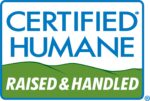 I cannot find Certified Humane* eggs anywhere anymore, and I settled for these ones below from Whole Foods.
I cannot find Certified Humane* eggs anywhere anymore, and I settled for these ones below from Whole Foods.
*Laying hens must be uncaged and have access to perches, nest boxes and dust-bathing areas.
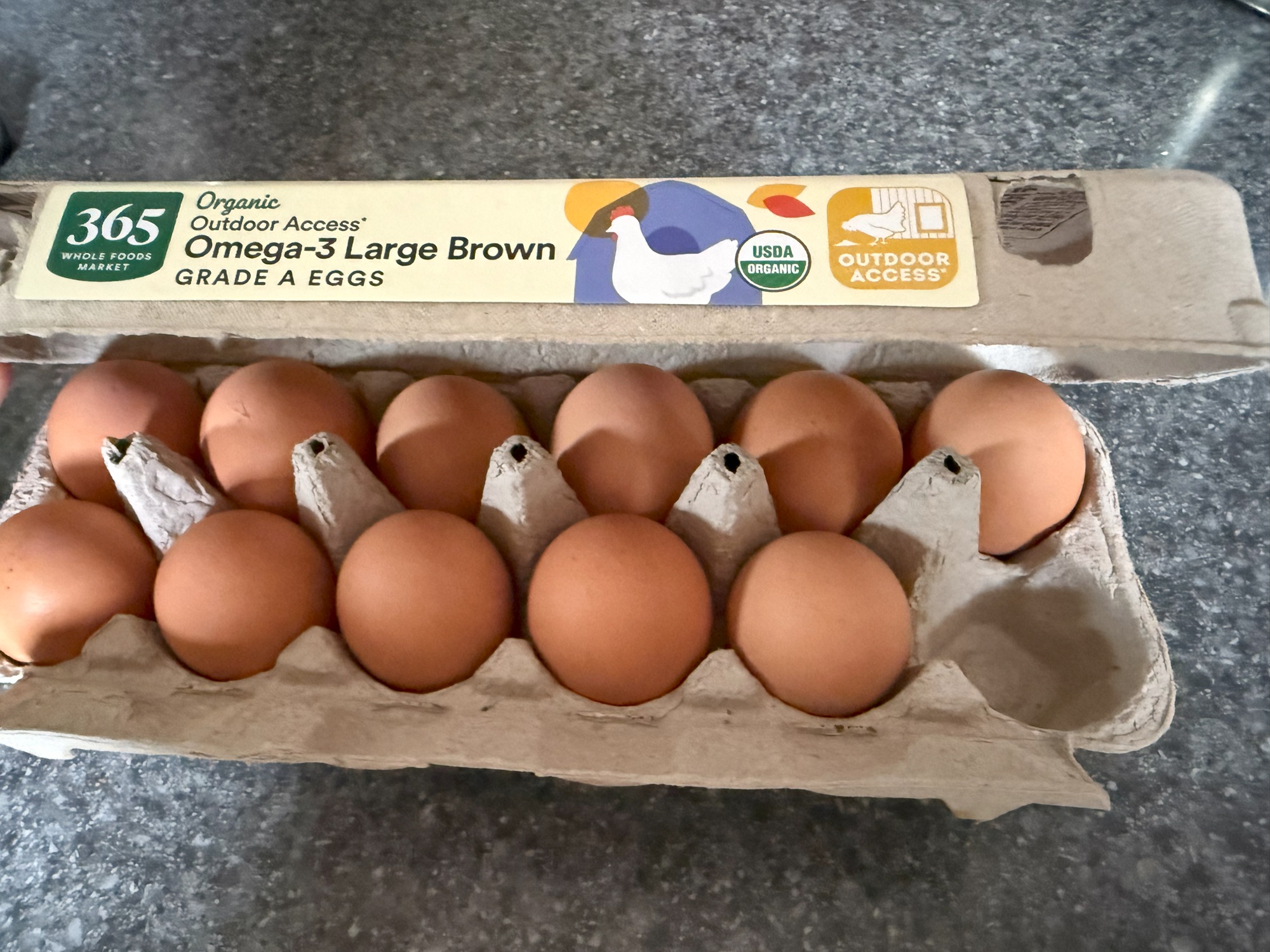

Here’s a quick example of how to use an AI app such as Chat GPT make easy pickings of grunt work.
I wanted to know what the total cost of a long list of items for sale on a scrollable web page, would add up to.


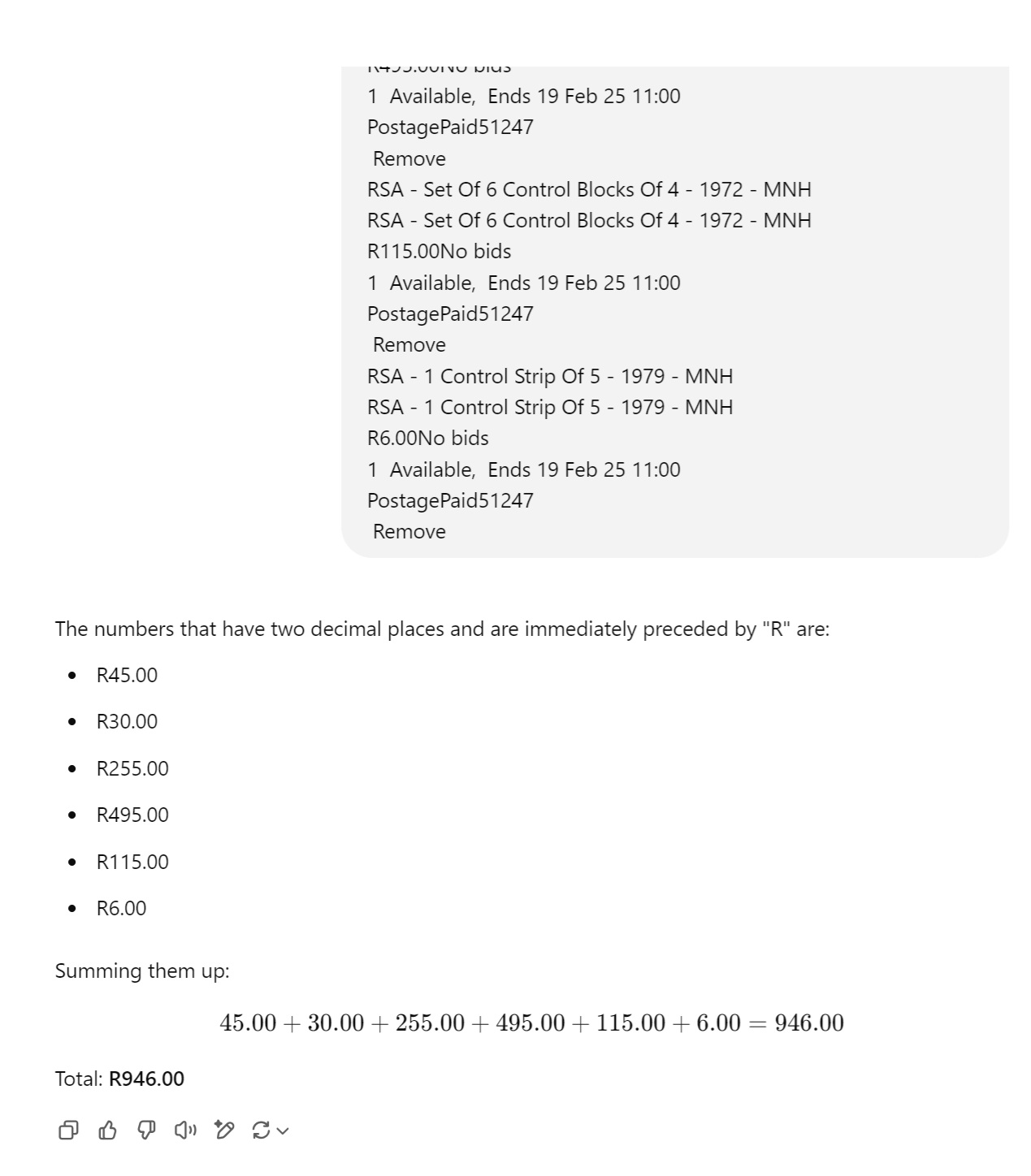

Here is a cartoon for Presidents’ Day*, from the Tuesday issue of South African newspaper Die Burger (“The Citizen”).
*Officially Washington’s Birthday at the federal governmental level, celebrated on the third Monday of February in the United States.
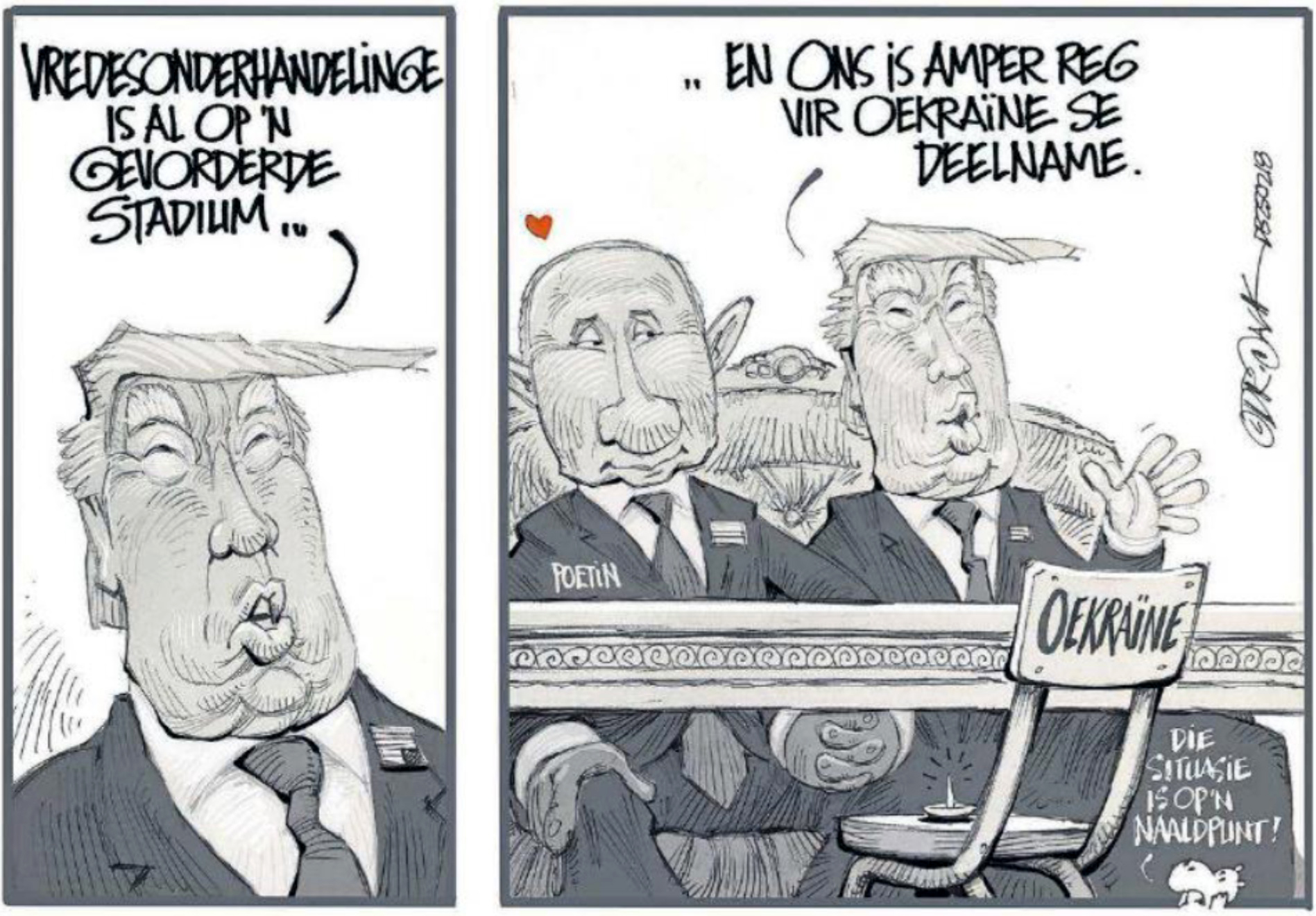


I celebrated the end of the deep-freeze weather here in the city by walking down to the Melrose Avenue overlook of Interstate 5 late this afternoon.
The high today was 44°F (7 °C).


Check them out— the lineup of proteas that adorned the third definitive issue of postage stamps in the Republic of South Africa.
The 6-pocket blank pages from Leuchtturm stamp album series allow me to select, arrange and annotate the stamps in almost any way.
Some philatelists prefer to use completely blank pages, and create individual slide-in pockets (mounts) for the stamps on the page, but for now, I think that is too much work for me.

Happy Friday and Happy belated Valentine’s Day (the day is done).
Here is what I am working on: a complete set of the 1977 Third Definitive Issue of South Africa. All the stamps in the series depict proteas*, and there will be a second and a third page as well.
*Protea is a genus of South African flowering plants, also called sugarbushes (Afrikaans: suikerbos). It is the type genus of the Proteaceae family.
About 92% of the species occur only in the Cape Floristic Region, a narrow belt of mountainous coastal land from Clanwilliam to Grahamstown, South Africa. [Wikipedia]


I’m catching up on yesterday’s US inflation report. The pundits say it’s now 50-50 that we get one interest rate cut by mid-2025.
(As of today, the federal funds rate is 4.33%. This is within the target range of 4.25% to 4.50% set by the Federal Reserve).
Alan Rappeport and Colby Smith write for the New York Times:
Inflation figures released on Wednesday showed that consumer prices ticked up unexpectedly, rising at an annual rate of 3.0 percent in January. Core inflation, which excludes volatile food and energy prices, jumped 3.3 percent on a yearly basis. Prices also rose 0.5 percent on a monthly basis.
…
As of January, a dozen eggs averaged $4.95, up from less than $3 several months ago. Egg prices are up nearly 53 percent over the last year. And that’s likely to worsen amid an outbreak of avian flu, which has led to an egg shortage as farmers cull their flocks to prevent the disease from spreading.
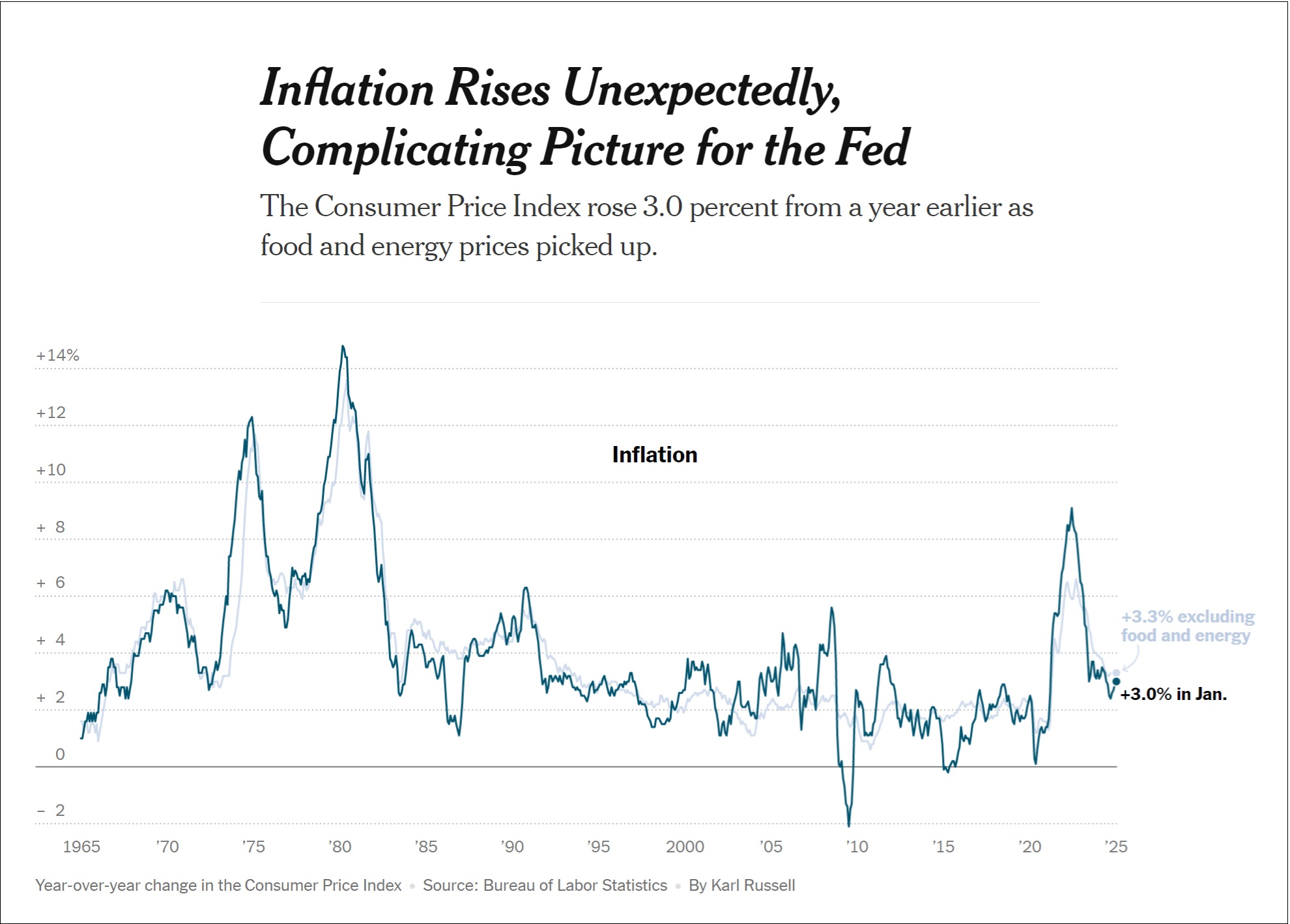


Employees at the federal Board on Geographic Names have formally changed the name to the Gulf of America per one of President Donald Trump’s first executive orders. The change doesn’t affect what other countries call it, and Mexico’s president has promised to ignore the order and asked others to do the same.
-Trevor Hughes writing for USA Today, Feb. 11
Call it whatever the hell you want.
It’s still the Gulf of Mexico.
And if you can ‘change’ the name that easily, it going to be ‘changed’ right back to Gulf of Mexico in 2028.
P.S. The name “Gulf of Mexico” (Spanish: golfo de México; French: golphe du Mexique, later golfe du Mexique) first appeared on a world map in 1550 and a historical account in 1552. [Wikipedia]


I stocked up on a fresh pack of Freshpak rooibos tea* to keep me warm at night. I steep it for 5 minutes to get it really strong, and then I add milk and a little honey.
P.S. The cold weather has been relentless here. The temperature outside will drop down to 22 °F (-5°C) tonight, which is record-low territory for February here in the city.
*Not a true tea, but rather an herbal tea. It’s made from the leaves of the Aspalathus linearis plant, which is native to South Africa.
– from Google Search Labs | AI Overview

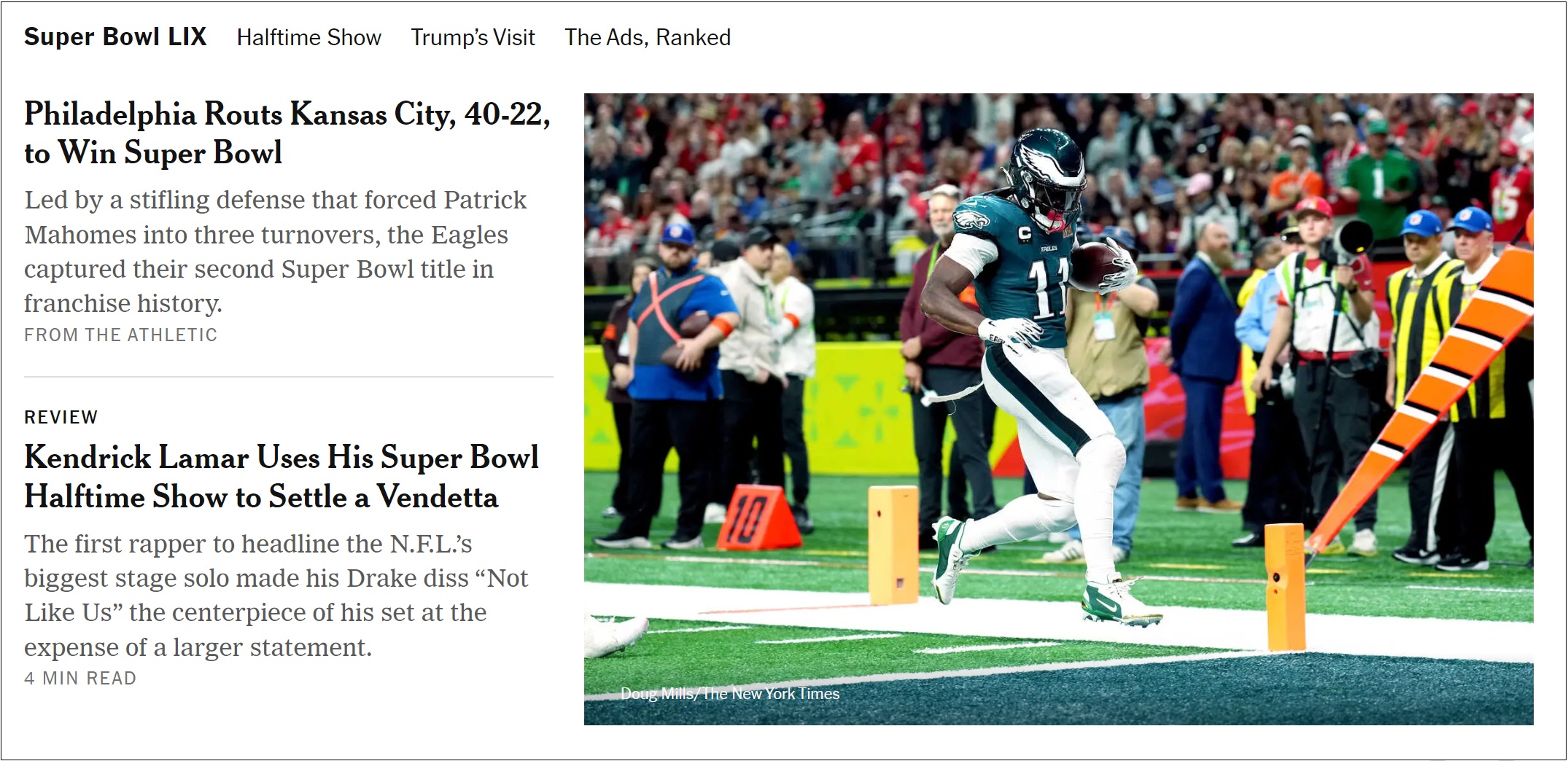
Congrats to the Philadelphia Eagles with their victory over two-time defending champion Kansas City Chiefs.
I thought it was a dullish, one-sided game, though.
As for the half-time show that featured rapper Kendrick Lamar: it was mystifying— the way pretty much all rap music songs are to me.
I don’t understand the words, the references or the message, of most rap songs. Oh well.

Cartoon from today’s edition of South African newspaper Die Burger (“The Citizen”).
Yes, there is such a thing as a ‘special government employee’ (18 U.S.C. § 202) ..
but is it OK to be a special government employee and CEO of SpaceX, CEO of Tesla and CEO of X (formerly Twitter)*— all at the same time?
*Over the past 16 years, Elon Musk’s business deals with the government total nearly $20 billion, according to federal contracting data.
– Rachel Barber reporting for USA Today on Nov. 15, 2024
